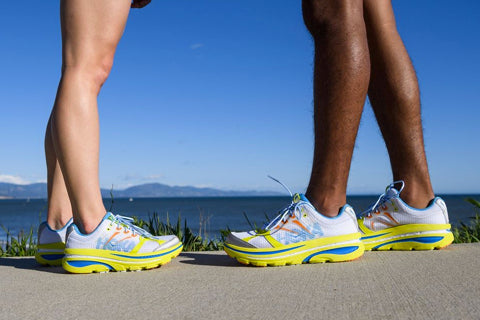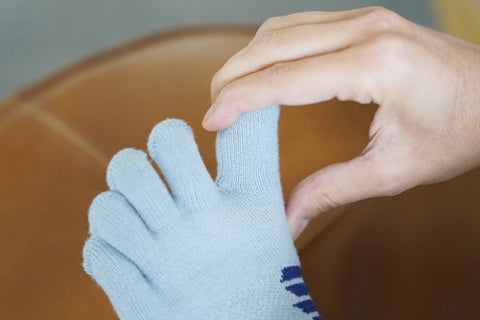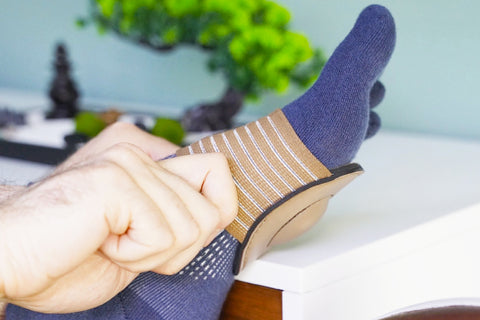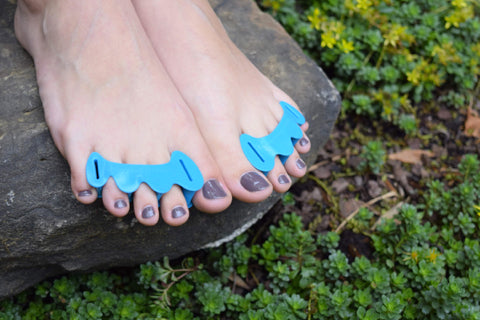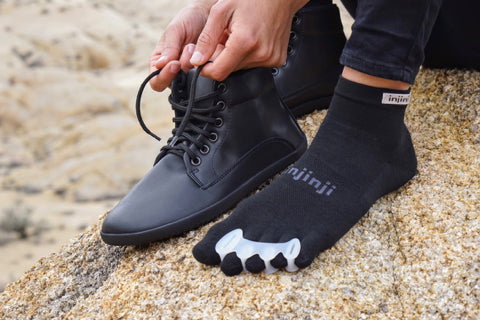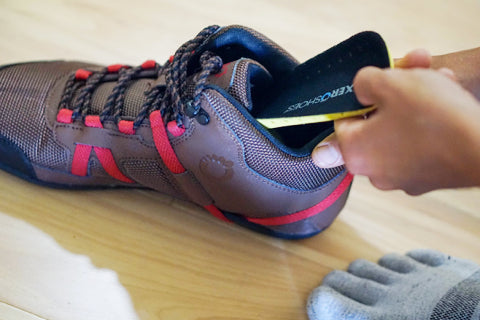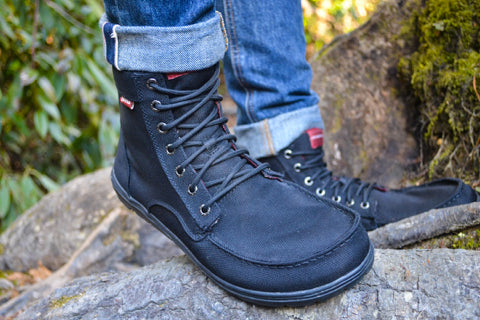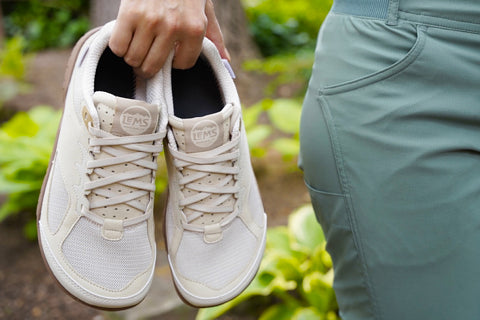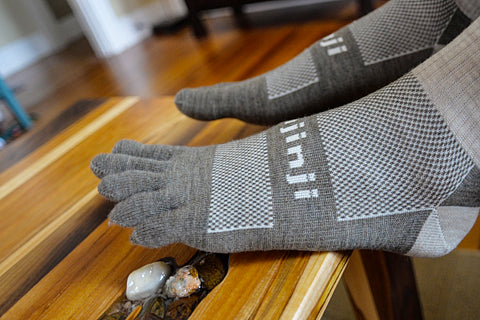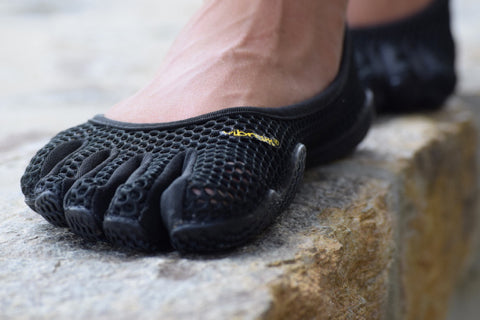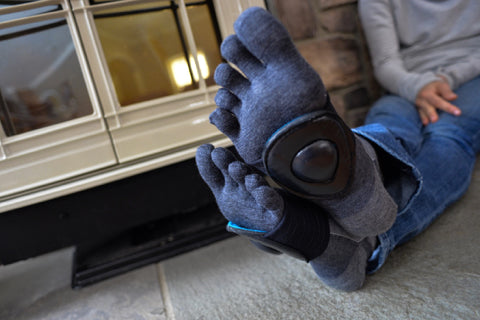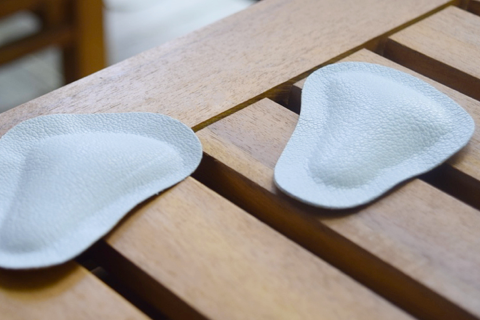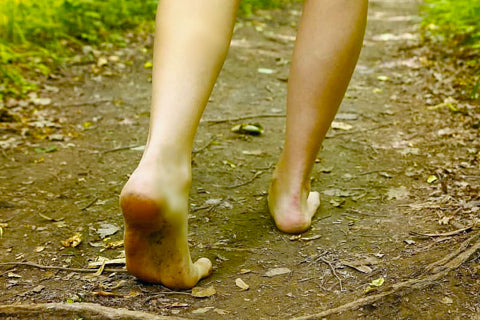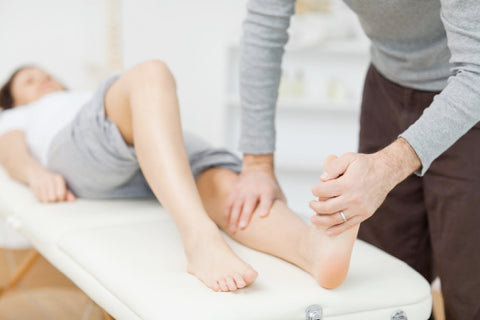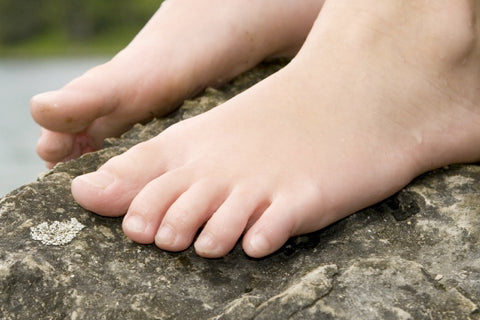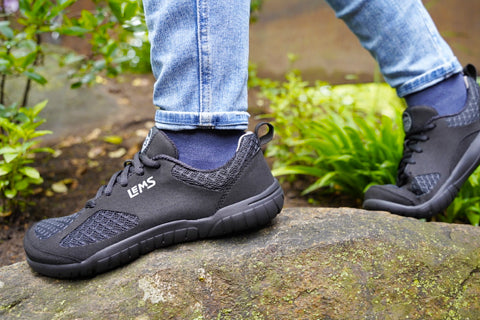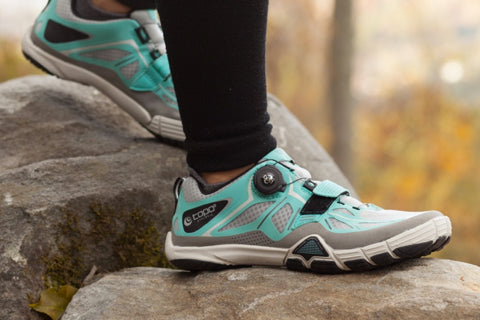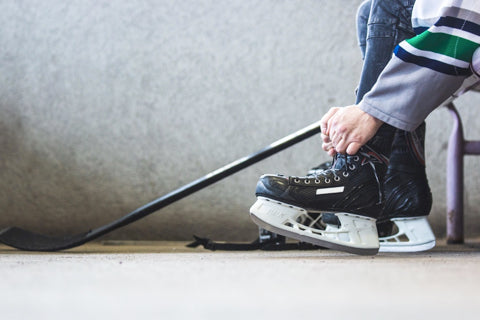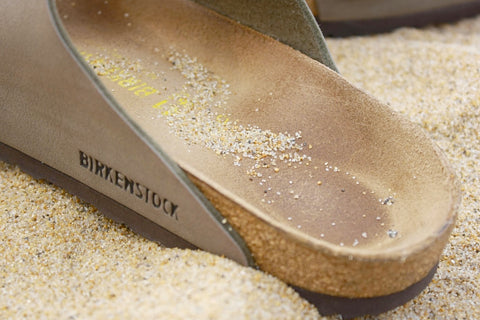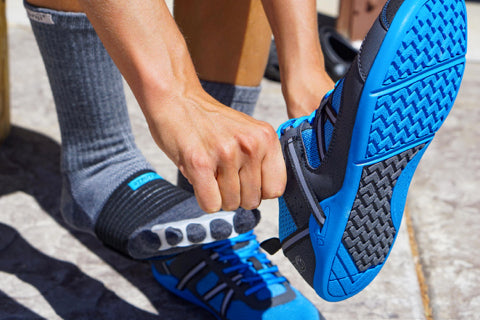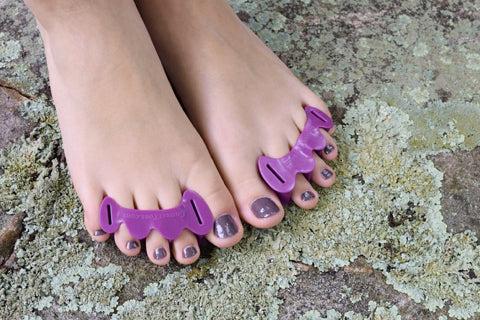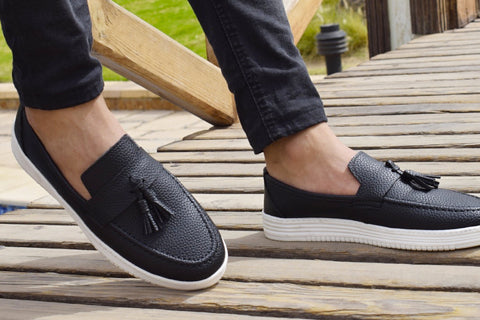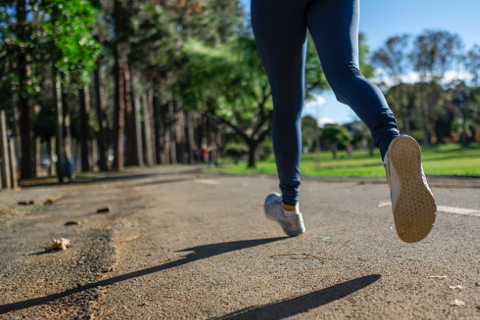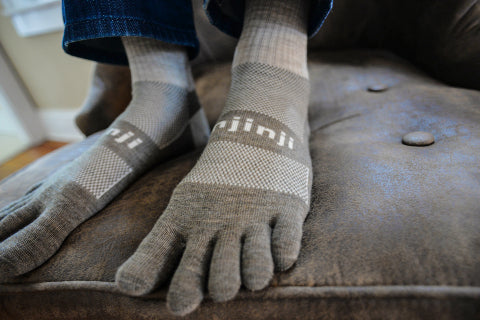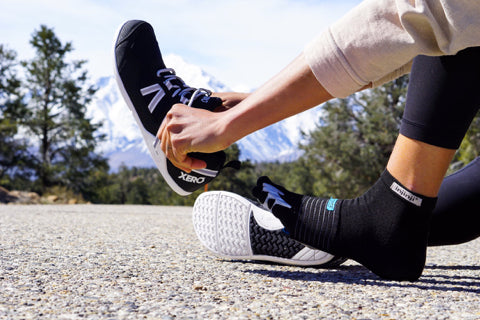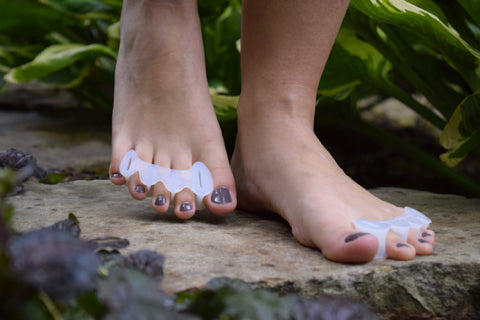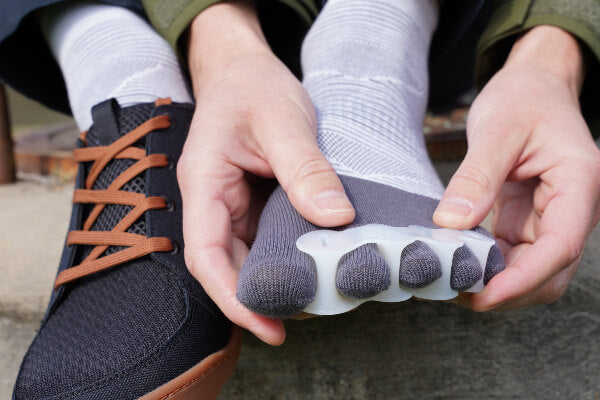Are Bunions Hereditary?
 A lot of people with bunions assume they are predisposed to developing this foot problem because their older relatives had bunions. But it's impossible to state that bunions are hereditary if all the members of one's family have worn shoes with tapering toe boxes. Shoes with this injurious design feature hold the big toe in a bunion configuration for prolonged periods and are the direct cause of bunions in most...
Read more
A lot of people with bunions assume they are predisposed to developing this foot problem because their older relatives had bunions. But it's impossible to state that bunions are hereditary if all the members of one's family have worn shoes with tapering toe boxes. Shoes with this injurious design feature hold the big toe in a bunion configuration for prolonged periods and are the direct cause of bunions in most...
Read more


